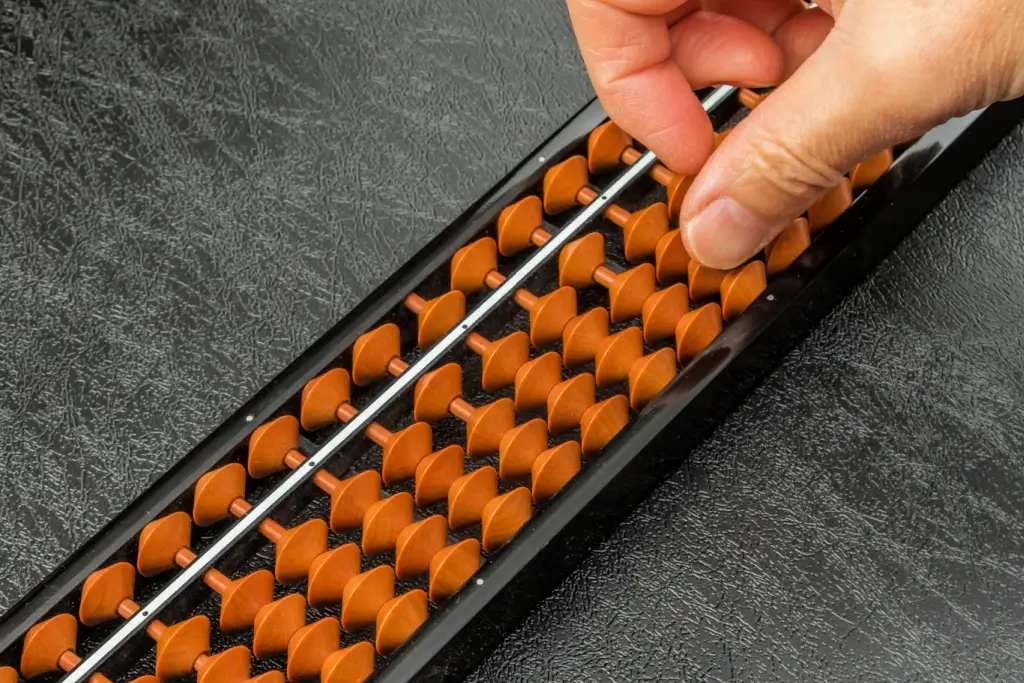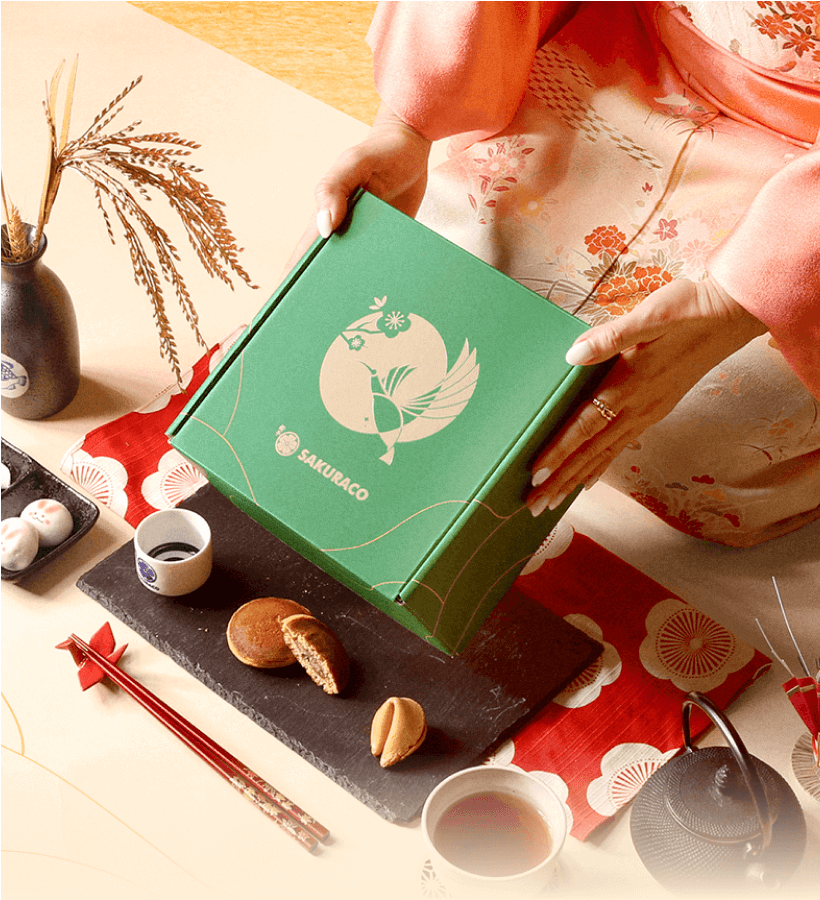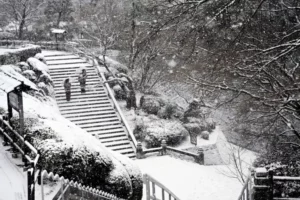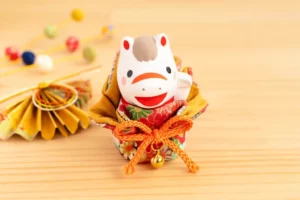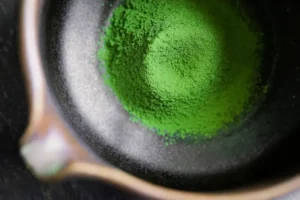Soroban math is a clever way of learning used in many countries, especially Japan. It’s fun, hands-on, and helps kids build strong thinking skills. More and more parents and teachers are choosing this method to teach young children, even in preschool. So why is this simple tool getting so much attention? Let’s dive into the world of soroban education and discover what makes it so unique!
Table of Contents
ToggleWhat is a soroban?
Soroban is a special kind of abacus from Japan. It resembles a small wooden tray with lots of little rods, each holding beads. These beads can be moved up and down to help you count, add, subtract, multiply, and divide. One neat feature is that it has a dot every few rods to help you keep track of the place value, like where the ones, tens, and hundreds go.
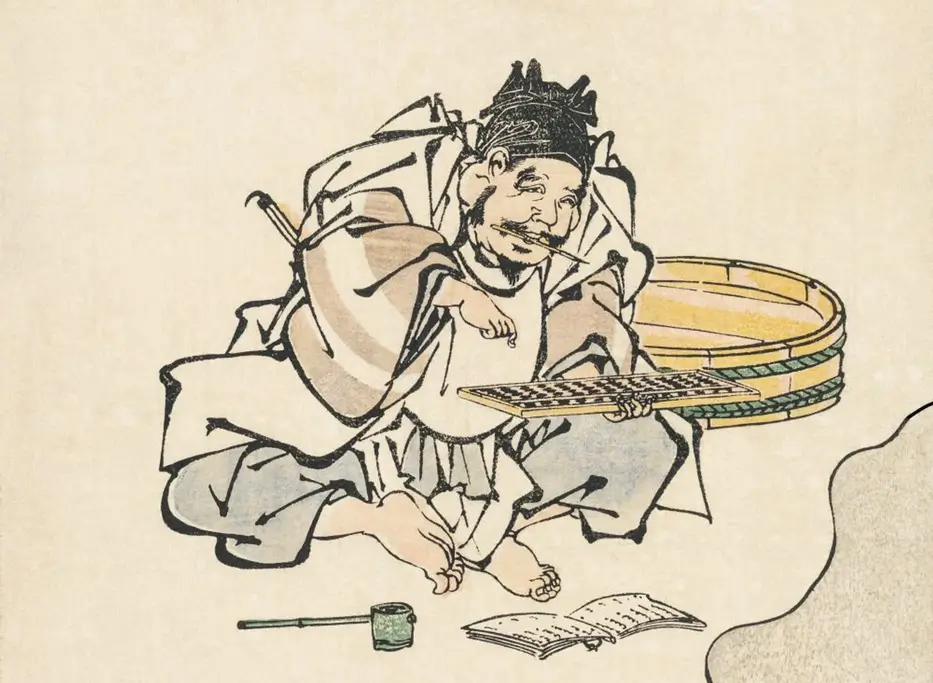
This clever tool originated in China around the 14th century, where it was known as a “suanpan”. When it arrived in Japan, people started to change and improve it to make it easier and faster. By the 1600s, Japanese merchants were already using it for business. Soroban became very popular during the 1940s and is still used in Japan today, even though calculators are everywhere.
Most sorobans are made from wood and have smooth-gliding beads, which can be wooden, plastic, or even marble. Their sleek and lightweight design makes them ideal for carrying to school. You can sometimes find them in stores that sell school supplies or toys in Japan.
How popular is the abacus in modern Japan?
In Japan today, soroban education is surprisingly widespread. Many parents are eager for their children to learn it early, even before first grade. Schools and after-school programs are often full of kids clacking away on soroban frames or doing fast mental math with flashing numbers on screens. Parents think it’s a great way to boost brain power and prepare for junior high entrance exams, which are super competitive in big cities like Tokyo.
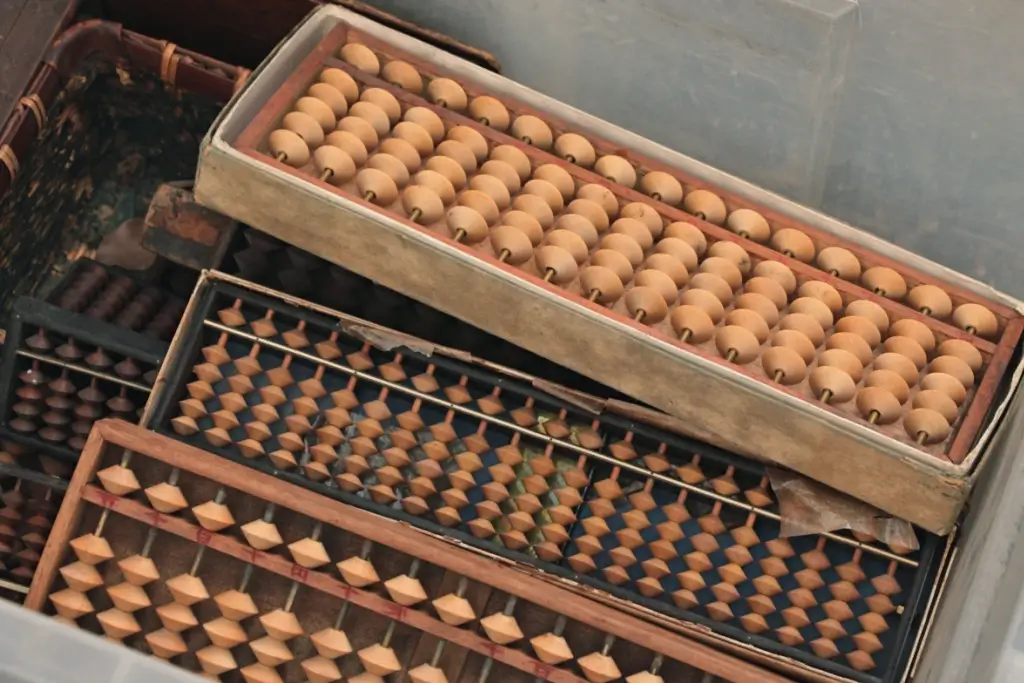
Soroban schools are also busy, especially after school and on weekends, when parents can take their kids. At places like Takashima Soroban School, kids learn with real wooden abacuses, race to solve tricky problems, and even do mental arithmetic without tools. These schools have been around for decades. Nowadays, they’re getting busy again because so many kids want to get ahead in math and attend good schools.
Soroban Technology
Japan is renowned for its advanced educational technology, yet the traditional abacus remains strong in learning. Some schools have begun integrating it with modern innovations such as “Soro Touch”, an app that teaches kids how to use an abacus on a tablet. Remarkably, the app disables the bead colors, encouraging students to visualize the beads in their heads. With its game-like interface, the app makes learning both enjoyable and engaging.
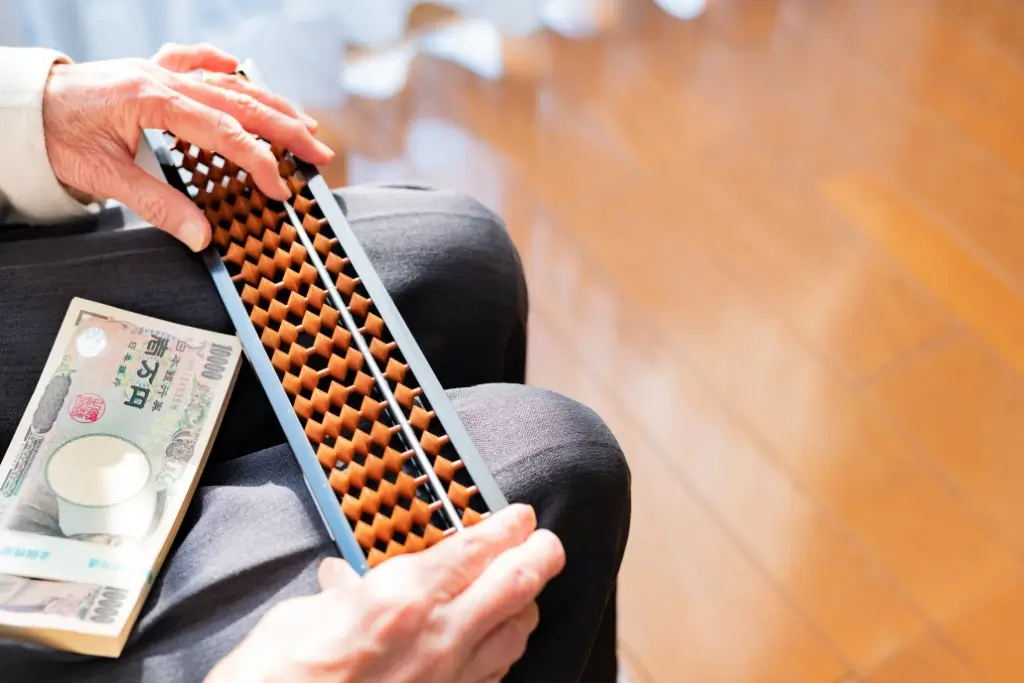
This type of education remains popular because it truly works. It may seem simple, but it’s incredibly effective. Kids can see and feel the numbers, which helps them understand math better than just pressing buttons on a calculator. Parents and teachers also see how much it improves concentration and thinking skills. In a world full of screens and fast answers, maybe the gentle tapping of beads is exactly what young minds need to grow strong!
Are you looking for great snacks this summer? Check out Sakuraco? Sakuraco delivers traditional Japanese snacks, teas, and sweets from local Japanese makers directly to your door so you can enjoy the latest treats directly from Japan!
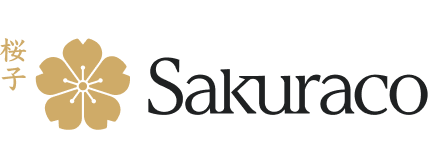
Would you also use an abacus as an adult?
Using an abacus might seem old-fashioned to some adults, but I think it’s incredible. I’ve seen how it helps kids remember long numbers easily, sometimes up to nine digits. Why shouldn’t adults enjoy the benefits, too? I forget my passwords all the time. Perhaps the soroban could assist in strengthening memory and recall.
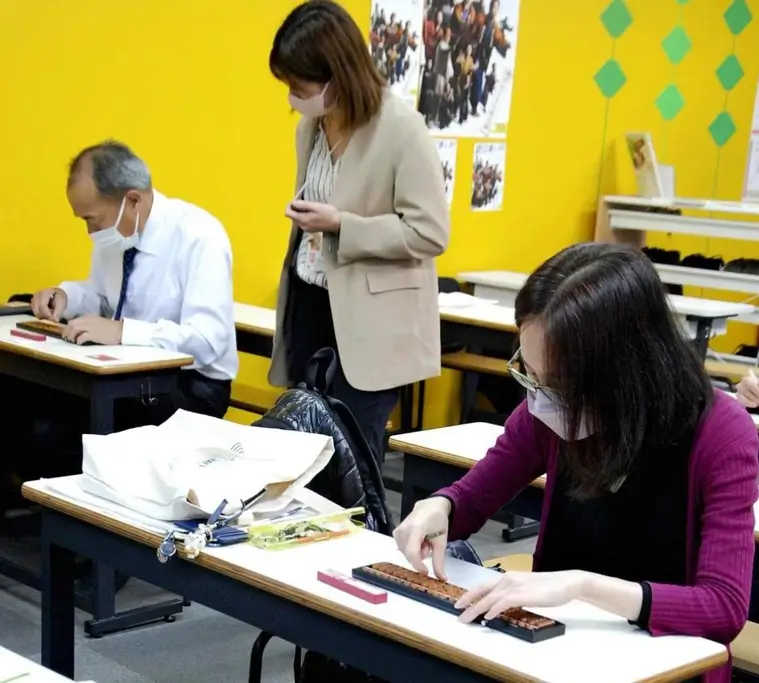
And it’s not just about numbers. Using the soroban helps you think clearly and solve problems faster. It could help me stay calm and focused when work gets busy. Plus, it doesn’t need batteries, Wi-Fi, or charging, which is impressive in today’s high-tech, fast-moving world.
One day, when I’m much older, I can imagine that continuing to use the abacus might help keep my mind sharp and clear. I’ve heard that even some grandparents in Japan go to special schools to keep practicing. They say it can help protect memory and keep the brain active. I think that’s an excellent idea. Who wouldn’t want a small, simple tool that keeps their thoughts bright and fresh?
Why is soroban education important?
In a world where so many things change quickly, the soroban quietly reminds us of something important: learning doesn’t have to be fast or flashy to be meaningful. Whether you are a child just starting school or an older adult trying to keep your brain healthy, the soroban offers a gentle and steady way to grow your thinking skills. It’s more than just a tool for math; it’s a way to build focus, patience, and clear thinking, one bead at a time.
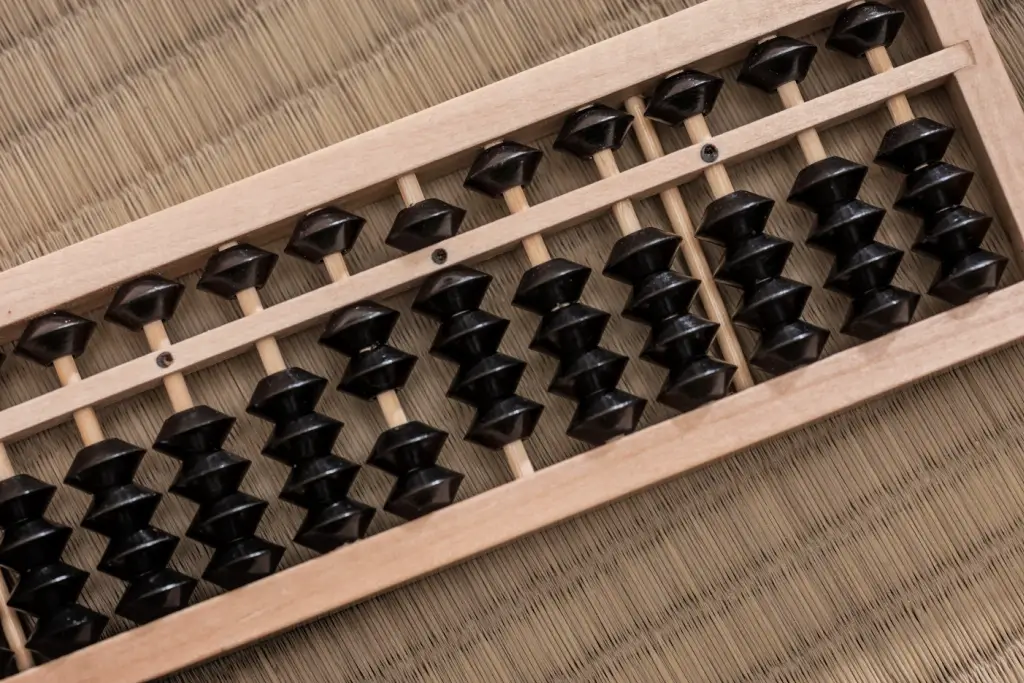
Learning how to use the soroban isn’t tricky. Watch videos, try helpful apps, or join a fun online class. Do you think using an abacus could help you in your daily life? Feel free to share your thoughts in the comments!

